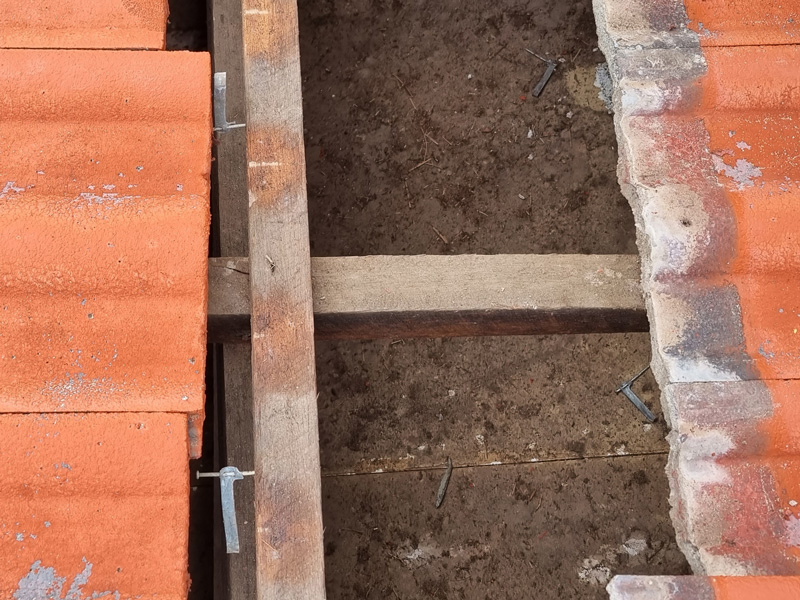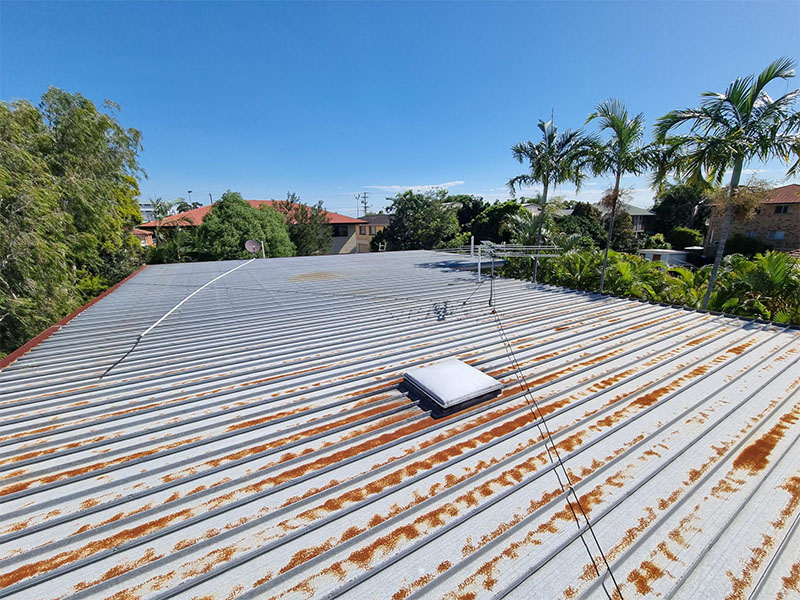Benefits of Heat Reflective Roof Coating
The relentless sun can be a challenge for homeowners in sun-drenched regions. But heat reflective roof coating (such as HeathShield by Sunbond) are a game-changing solution for the modern home. This innovative roof paint not only gives your house a fresh appearance but also introduces energy-saving benefits.
In this article, we’ll delve into the world of heat reflective roof paint and explain its many advantages and some of its limitations.
Heat-Reflective Roof Coating Benefits:
- Temperature Regulation: The primary function of heat reflective roof paint is to reflect the sun’s radiant heat away from the roof’s surface. This means the interior of the home remains cooler, making summers more bearable without excessively relying on air conditioning.
- Energy Savings: By maintaining a cooler interior, there’s less need to use the air conditioner as frequently, leading to reduced energy consumption. This can result in a decrease in monthly utility bills, which, over time, can cover the cost of the roof coating itself.
- Extended Roof Lifespan: The heat reflective coating acts as a protective shield, reducing the rate of wear and tear on the roof. This can extend the roof’s lifespan, saving homeowners considerable money in potential repairs or replacements.
- Environmentally Friendly: With reduced energy consumption comes a decrease in carbon footprint. By using heat reflective roof coating, homeowners are making an environmentally-conscious choice.
- Aesthetic Appeal: Available in various colors and finishes, these coatings can give an aged roof a fresh look, improving the overall aesthetic appeal of the home.
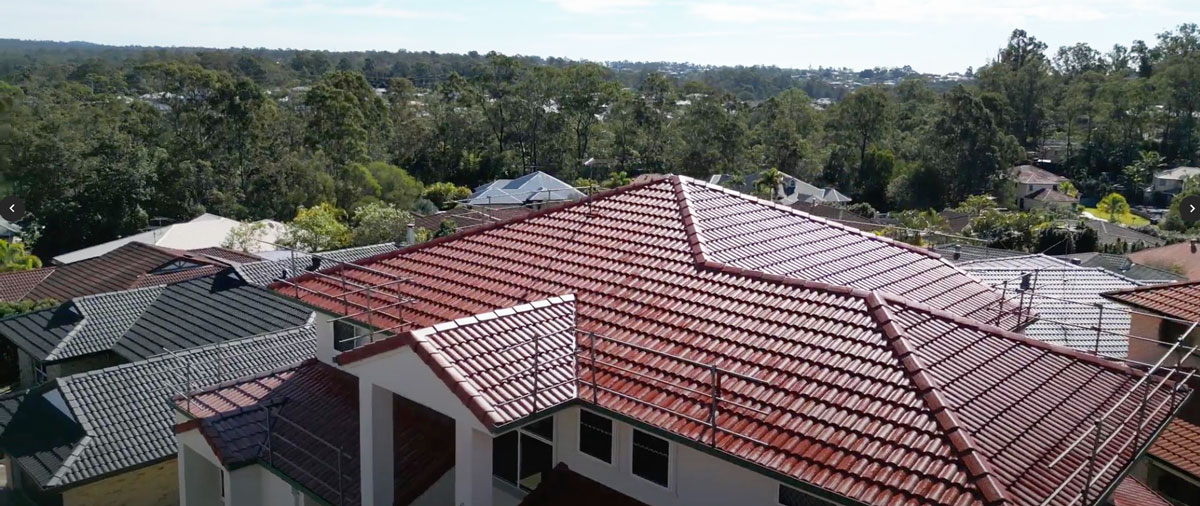
Pros and Cons of Heat Reflective Roof Paint
Pros:
- Cost-effective: Over the long term, the energy savings can be significant.
- Easy Application: Much like regular paint, heat reflective roof paint can be easily applied, either as a DIY project or by professionals.
- Versatility: The paint is suitable for various roofing materials including metal, tiles, and shingles.
- UV Protection: Provides protection against harmful UV rays, further enhancing roof lifespan.
Cons:
-
Upfront Cost: The initial investment in heat reflective roof paint can be higher than regular roof paint.
-
Maintenance: Depending on the environment and the wear and tear, reapplication might be needed every few years to maintain its effectiveness.
-
Not a Substitute for Insulation: While it helps keep homes cooler, it shouldn’t replace proper roof and home insulation. They work best in tandem.
How Roof Colors Influence Heat Retention
An often overlooked but vital factor when considering the effectiveness of heat reflective roof coatings is the color of the roof itself. Different colors absorb and reflect sunlight differently, and this plays a critical role in a roof’s heat retention capabilities.
1. Dark vs. Light Colors:
- Dark Colors: Dark shades, such as black or deep browns, absorb more sunlight and thus retain more heat. A dark roof in direct sunlight can get much hotter than the outside temperature, making the interior of a home warmer. While heat reflective coatings can offset some of this heat absorption in darker roofs, the inherent properties of dark colors will still lead to more heat retention compared to lighter hues.
- Light Colors: Lighter shades, such as white, beige, or light gray, naturally reflect more sunlight. They are intrinsically better at keeping a home cooler in hot weather. When paired with heat reflective roof paint, the combined reflective properties can offer optimal heat deflection, making these colors an ideal choice for areas with intense sun.
2. Special Reflective Pigments:
Innovations in paint technology have introduced special reflective pigments that can be incorporated into darker colors without sacrificing their heat reflective properties. This means homeowners can now choose darker shades without the usual heat absorption penalty. Still, it’s essential to ensure that the chosen paint specifically mentions these advanced reflective properties.
3. Considerations for Cold Climates:
For homeowners in colder climates, a darker roof might be beneficial during colder months as it can help in heat absorption and reduce heating costs. However, it’s a balance, and the specific choice should factor in the dominant climate – whether it’s predominantly hot or cold.
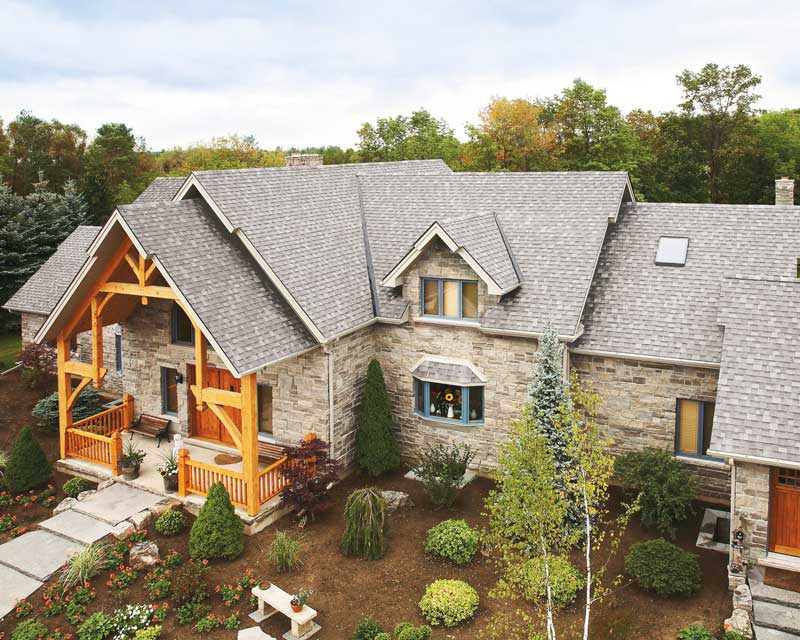
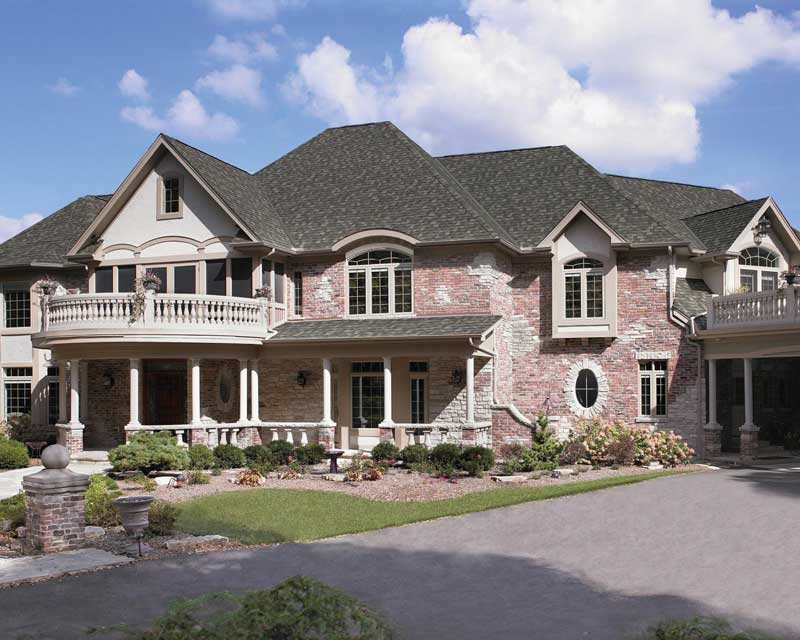
Conclusion
Heat reflective roof coating is an innovative solution for homeowners looking to enjoy a cooler home environment, save on energy bills, and protect their roofs from the damaging effects of the sun. While there are a few considerations to keep in mind, such as the initial investment and maintenance, the long-term benefits far outweigh the cons. If you’re thinking of giving your roof a makeover, heat reflective roof paint might just be the perfect choice.

